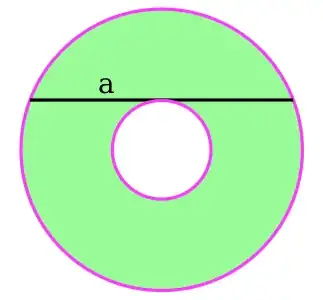Consider two propositions in geometry:
- Circumscribe a right circular cylinder about a sphere. The surface area of the cylinder between any two planes orthogonal to the cylinder's axis equals the surface area of the sphere between those two planes. (Archimedes showed this.)
- Let a curve running from the south pole to the north pole on a perfectly spherical earth meet every meridian of longitude at the same angle $\gamma$. Then the length of the curve is proportional to $\sec\gamma$. (In particular, it's infinite if $\gamma$ is a right angle, and one could even go beyond a right angle and consider it an oriented length, so that the oriented length is negative if the curve goes from the north pole to the south pole. In that case, the infinite length would be the $\infty$ that's at both ends of the real line rather than $+\infty$ or $-\infty$, so the length depends continuously on $\gamma$.)
Both propositions admit the same kind of proof: For the first, consider what happens when the distance between the two planes is infinitesimal; then show that if it works then, then it also works for larger-than-infinitesimal distances. For the second, show that the length of an infinitesimal increment of the curve is $\sec\gamma$ times the latitude-component of the distance, just by drawing an infinitesimal right triangle.
You might think that in both cases one is finding an integral, but it's an integral of a constant: just the constant itself times the length of the interval over which one integrates. So it's as if you don't need to know about integrals and you certainly don't need to find any antiderivatives, but the method of proof doesn't work for larger-than-infinitesimal quantities.
One would like to say things like "energy is force times distance; it is only when the force is not constant that one must use integrals and multiply the force at an instant by the infinitesimal distance and then integrate". But if proving the force is constant itself requires an infinitesimal viewpoint, then despite the triviality of computing the integral by multiplying two numbers, it seems necessary to the logic of the argument to view it as an integral.
So:
- What other instances besides these two are known? (I suspect there are many in geometry.)
- What else of interest can be said about this phenomenon?

